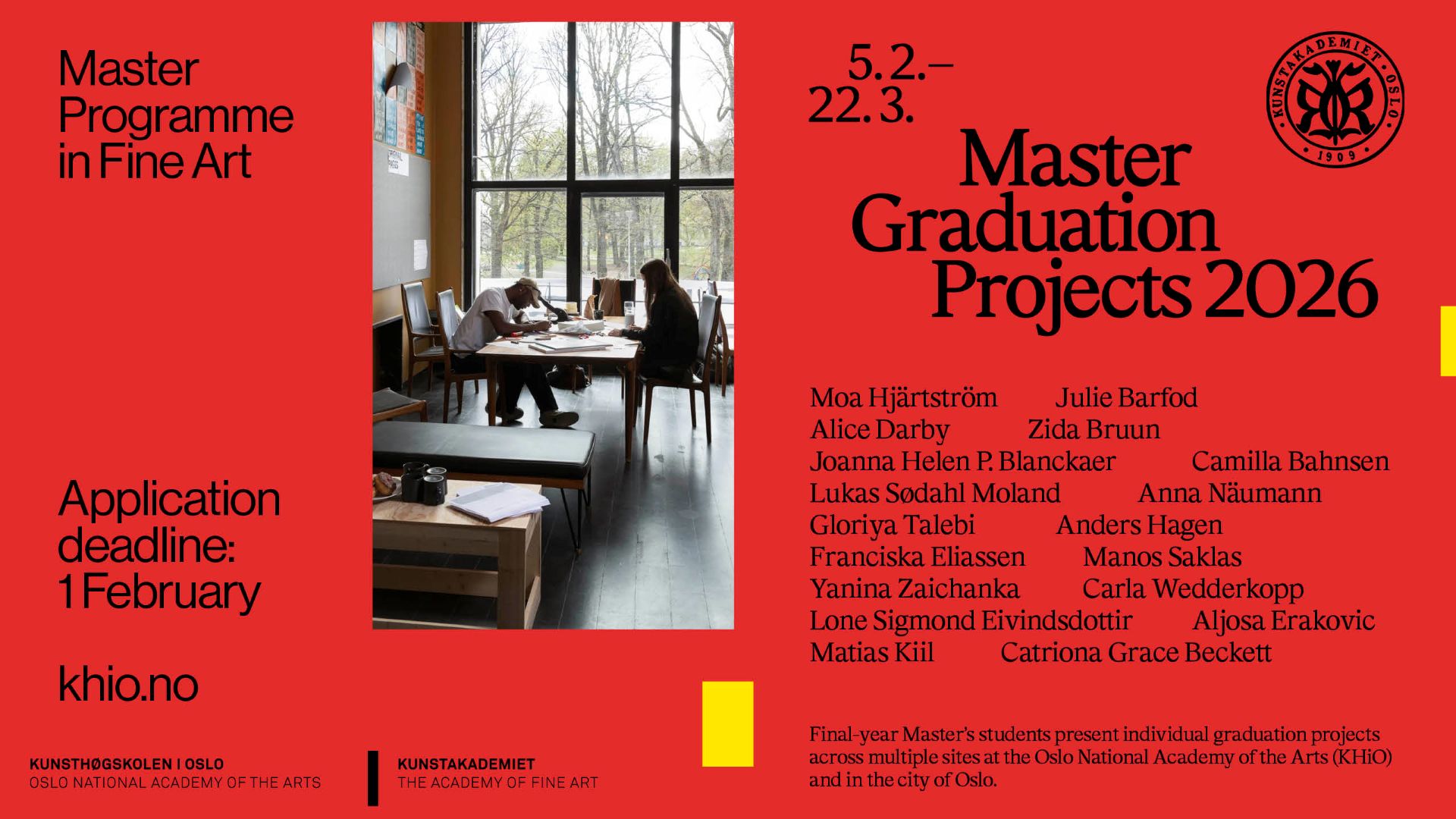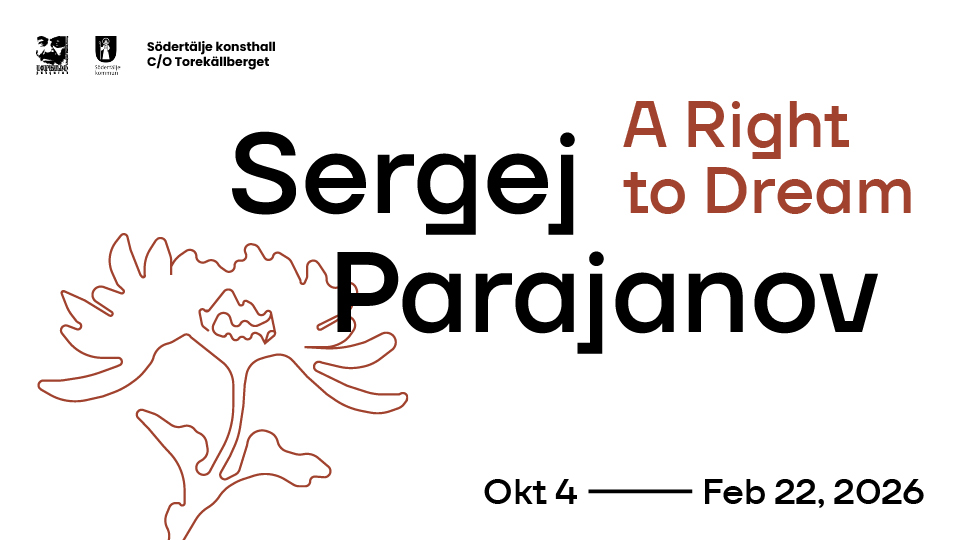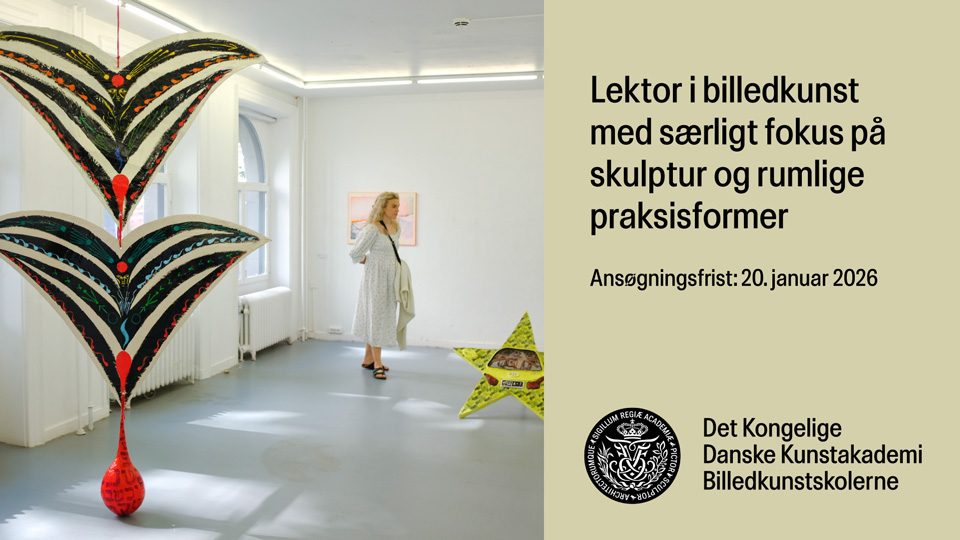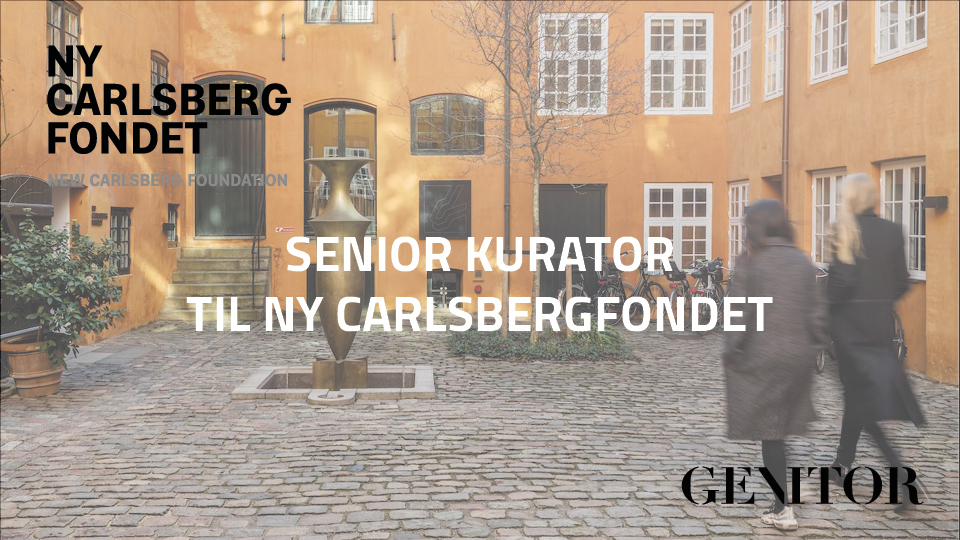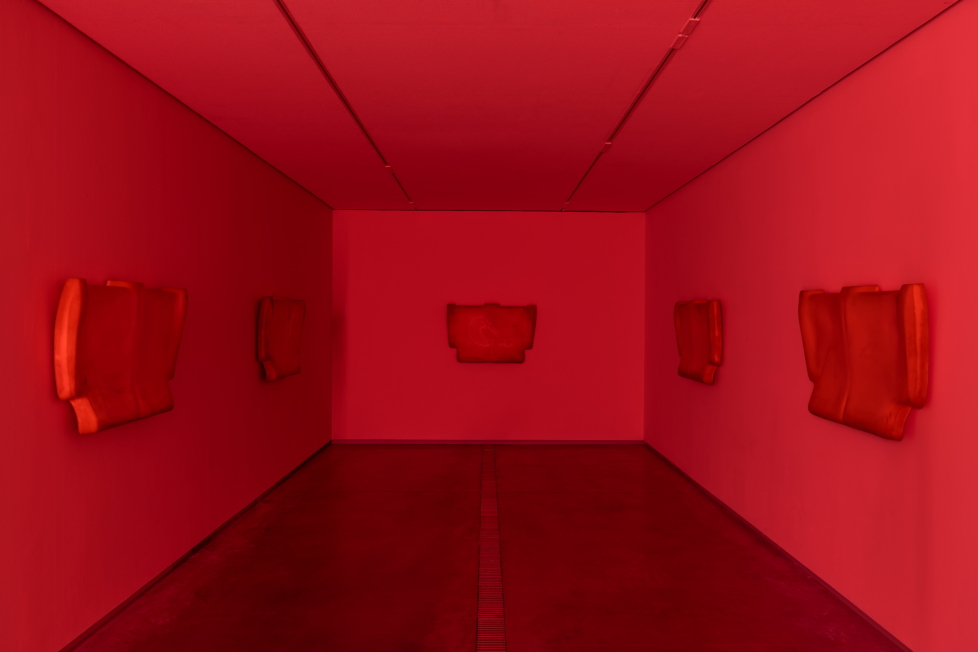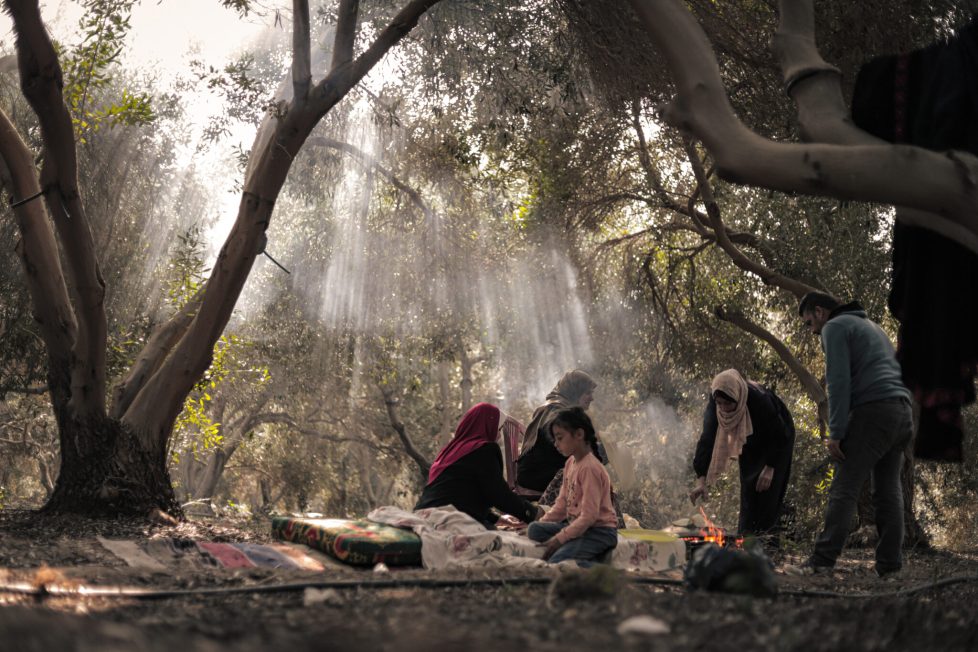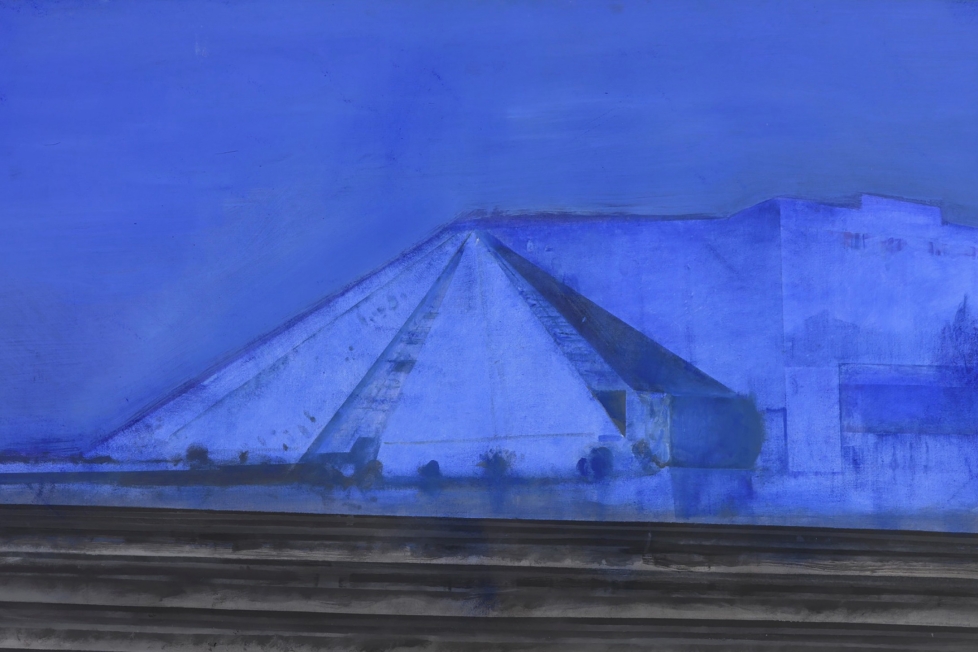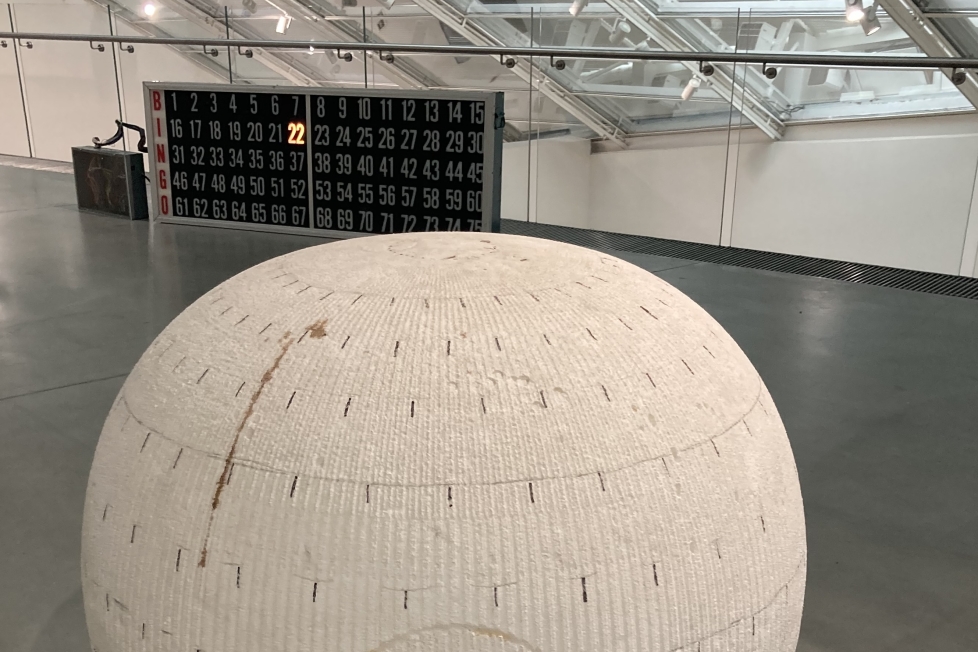
The spring of 2020 might go down in history as a turning point for gender equality in the Swedish art world. If men have traditionally had privileged access to the position of an active and independent artist subjects, then this season virtually all major institutions in Sweden will be showing large new productions or extensive retrospectives with women artists.
That said, the situation is not unambiguous. The #MeToo movement has shown how far we are from true equality when it comes to gender, race, or sexual preference, while the Sweden Democrats’ neo-fascist cultural policies loom on the horizon. Thus, the government recently committed itself to improve conditions for artists by giving authorities the task of looking at their exposure not only to harassment, but also to politicians meddling with what art is produced and shown. Nevertheless, it could be argued that Swedish art professionals stand comparatively strong, with institutions celebrating the achievements of individual artists.
An exception to this season’s rule is Moderna Museet, which will be showing two male artists who are strong within the canon: Walid Raad, arguably a seminal artist of the 2000s; and recently deceased John Baldessari (1931–2020), one of the most influential conceptual artists of his generation. Raad opens 15 February, Baldessari a bit later, 23 March.
More significant for contemporary art discourse is probably the fact that Sweden’s mid-size institutions are investing in large productions by young artists at important junctures of their careers. Stockholm’s newest konsthall Accelerator, which opened last fall, hosts sculptor Johanna Gustafsson Fürst’s first major institutional exhibition, while Bonnier’s Konsthall presents an extensive exhibition with Éva Mag, who recently participated to much acclaim at Performa 19 in New York. Gustafsson Fürst collected material for her sculptures on site during the konsthall’s construction, while Mág will be showing a large-scale installation taking up the entire konsthall. Gustafsson Fürst’s exhibition opens tomorrow, January 17, Mag’s on 22 April.
At Malmö Konsthall, painter Ragna Bley, who hasn’t had a major solo presentation in Sweden before, will be shown alongside the until recently overlooked Concretist Inger Ekdahl (1922–2014). For this exhibition, which aims to shed new light on the historical and contemporary possibilities of abstract painting, Bley has made new works which have been subjected to the elements in the konsthall’s yard. The exhibition opens 1 February.
An artist who has not had a major exhibition in Sweden for many years (but in Denmark and Finland) is Astrid Svangren, who opens at Anna Bohman Gallery in Stockholm on 26 March. Like Bley, Mag, and Gustafsson Fürst, she has the ability to link traditional materials (paint, ceramics, textiles) to a sense of instability or vulnerability with a distinctly contemporary feel. We live in uncertain times, which seem to be reflected in works without clear or unambiguous messages. It’s as if, for these artists, form itself constitutes the promise of another art, which simultaneously reminds us of the present moment’s ubiquitous violence.

An icon of the American Civil Rights Movement in Umeå
Moderna Museet in Malmö will devote this spring to a reiteration of the international success story that is Hilma af Klint, opening on 4 April. Meanwhile, important historical corrective work is going on at smaller museums around the country. After recent exhibitions with overlooked twentieth-century artists such as Greta Knutson-Tzara and Ester Almqvist, it is now modernist painter and collage artist Maj Bring’s turn. An exhibition of her work will be on view at Uppsala Art Museum on 7 March. And at Mjellby Art Museum in Halmstad, an exhibition of Danish Surrealists Franciska Clausen, Rita Kernn-Larsen, and Elsa Thoresen will be shown from 15 February, mitigating the -ism’s male dominance.
Also, the almost 90-year-old African American artist and civil rights activist Faith Ringgold will exhibit at Bildmuseet in Umeå on 3 April. The comprehensive presentation, first shown at the Serpentine Galleries in London, will feature works from the 1960s to the 2000s. Ringgold’s iconic work on racial violence in America – United States of Attica (1972) – was included in the exhibition Soul of a Nation, which received considerable attention at Tate Modern a few years ago. This, however, is her first solo presentation in Europe. Impressive!

Critical landscape painting
In addition to today’s process-oriented abstraction, there has been a resurgent interest in how figurative painting can address contemporary issues at the subjective level. Someone who has repeatedly shown that it is possible to accomplish something original in this genre is Lina Bjerneld, a strong-minded artist who cultivates painting as a language rather than a style. To my knowledge, she has never had a major presentation at a Swedish art institution. On 14 March, she will be exhibiting new works at the Royal Academy of Fine Arts in Stockholm.
Another exhibition worth looking forward to is The Trees. Light Green, opening at Bonniers Konsthall next week on 22 January. Will the new Artistic Director Theodor Ringborg have success with this Marxist-tinted exhibition on how industrialism and climate change have registered in landscape painting from the 19th century to today? In addition to historical artists such as Julia Beck and Prince Eugen (a member of the Swedish royal family and one of the most prominent landscape painters of his day), the exhibition offers a collected view of a young generation of painters such as Sigrid Sandström, Elisabeth Frieberg, Jenny Carlsson, Isak Hall, and Henrik Eriksson.

Commercial breakthrough for Sami art
This spring will also see a definitive breakthrough for Sami artists. On 1 February, Röda Sten Konsthall in Gothenburg will host an exhibition with Carola Grahn, in which she explores the contrast between how society views her as “sami, artist, white, woman, mother, whatever…” and how she perceives herself and the world. Grahn will also be co-curating Bakom hörnet vindens jojk (Around the corner, the wind’s yoik) at Sven-Harry’s Konstmuseum this summer. A popular institution such as Sven-Harry’s showing duodji (Sami art practices) is an indication of how the interest in indigenous art from the Nordic region has truly proliferated.
Another sign of this, is that on 25 April, Sami activist-painter Anders Sunna will open his first show at Bohman Knäpper, a gallery which represents blue-chip painters such as Lena Cronqvist and Bjarne Melgaard. In recent years, Sunna has often participated in exhibitions on decolonial themes, but seeing him in this established setting reinforces the impression of a time where ingrained positions and truths are becoming increasingly upended.
Other first-time exhibitors this spring are: Norwegian sculptor Yngvild Saeter, who opens at Andréhn-Schiptjenko tomorrow, on Thursday 16 January; Lap-See Lam who will be showing at Nordenhake on 2 April; and Anna-Karin Rasmusson who will exhibit at Cecilia Hillström Gallery on 20 February. Also, Gothenburg-based Nevven Gallery will host its first exhibition with the young Swedish-Canadian artist Sara Anstis’s musings on female desire, opening on 27 February.

Manspread scrutinised
There is cause to ask if women artists have ever been as prominent as in Sweden in the spring of 2020. This goes for smaller institutions, such as Tensta Konsthall, where Jumana Manna will be showing from 22 January, and Index – The Swedish Contemporary Art Foundation, where Ramesh Daha will exhibit on 7 February. But it also, crucially, applies for more popular exhibition venues such as Waldemarsudde, where an exhibition with new and old paintings by Lena Cronqvist will open on 7 March, and Liljevalchs, which on 15 May will host a retrospective of one of the country’s most beloved artists and designers, Ulrika Hydman Vallien (1938–2018). And this at a time when even neo-fascist Sweden Democrats are heard supporting gender equality as a typical Swedish value.
Acknowledging that things can change fast, a symbol of the new gender order could be artist Anna Odell’s feature film, which opens at Göteborg Film Festival 25 January. The film is called The Examination, and offers notorious cultural toughs like actor Mikael Persbrandt and author Jan Guillou the choice to undergo a gynaecological examination. The position should feel familiar to many men, Odell argues, referring to so-called manspreading. “The position in a gynaecological chair is basically the same, you just tilt it back.” Ingenious. A must-see.

